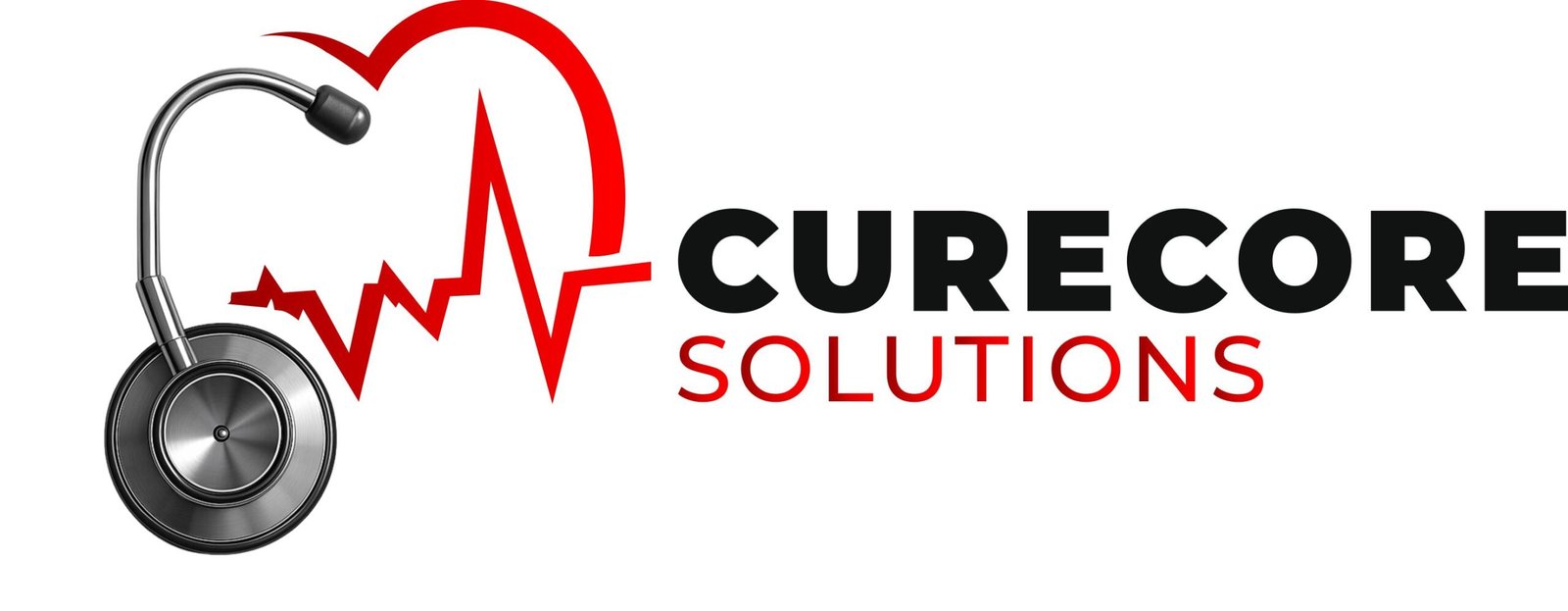As the deadline for the implementation of ICD-10 codes approaches, healthcare practices, especially small and medium-sized ones, can learn valuable lessons from larger, tech-savvy practices and hospitals. Here are some key takeaways:
- Embrace Technology:
-
- Large-scale practices are leveraging Computer Assisted Coding (CAC) tools to ease the transition to ICD-10. Small and medium practices should also embrace technology to streamline the implementation process and improve clinical documentation, productivity, and query rates.
- Hire Sufficient Staff:
- Productivity may suffer during the transition to ICD-10, so it’s crucial for small and medium practices to hire additional staff to maintain workflow continuity. Properly trained staff will be essential for a smooth transition and adherence to the new coding system.
- Practice and Training:
- Implementing ICD-10 training tools and encouraging staff to practice using the new codes will ensure readiness for the transition. By submitting error-free medical claims, practices can minimize rejection rates and optimize cash flow. Simultaneous use of both ICD-9 and ICD-10 codes in medical charts can aid in familiarization.
- Eliminate ICD-9:
- To fully transition to ICD-10, practices must eliminate the use of ICD-9 codes entirely. Upgrading electronic health records (EHR) and practice management software is essential for compatibility with the new coding system. Utilizing medical coders can facilitate the conversion process.
- Prepare for Glitches:
- Anticipate glitches in the new system and prepare accordingly. By familiarizing themselves with the system beforehand, practices can effectively differentiate rejection reasons for medical claims attributed to either ICD-9 or ICD-10 codes.
Despite budget constraints, small and medium practices must recognize the importance of adopting new technology and not shy away from the implementation of ICD-10. Initiating the implementation process early is essential for a smooth transition, as it presents a challenging journey ahead.
